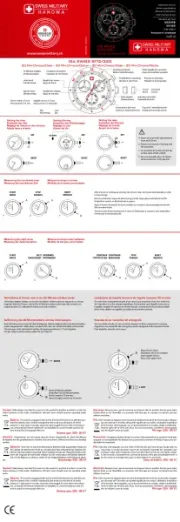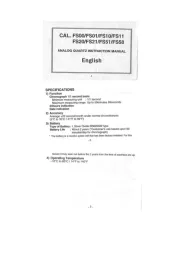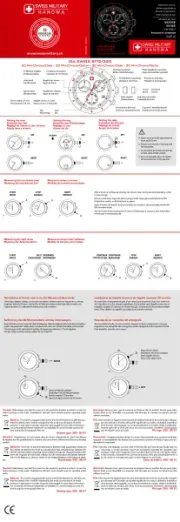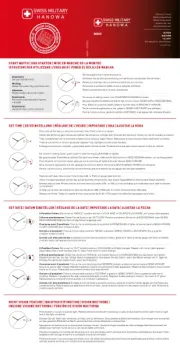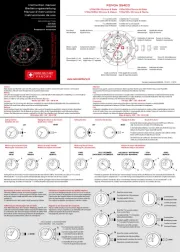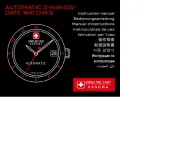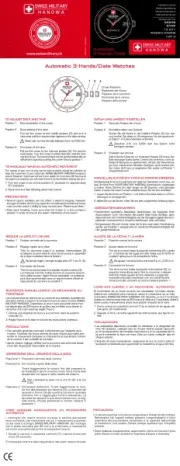Certina DS-1 Manual
Læs gratis den danske manual til Certina DS-1 (3 sider) i kategorien Ur. Denne vejledning er vurderet som hjælpsom af 90 personer og har en gennemsnitlig bedømmelse på 3.9 stjerner ud af 45.5 anmeldelser.
Har du et spørgsmål om Certina DS-1, eller vil du spørge andre brugere om produktet?

Produkt Specifikationer
| Mærke: | Certina |
| Kategori: | Ur |
| Model: | DS-1 |
| Vandfast: | Ja |
| Urkassens materiale: | Stål |
| Urtype: | Armbåndsur |
| Urets glastype: | Safir |
| Produktdesign: | Casual |
| Mekanismetype: | Mekanisk (automatisk vikling) |
| Se opkaldstype: | Analogopkald |
| Husets farve: | Sølv |
| Båndets hovedfarve: | Sort |
| Etui form: | Rund |
| Ridsefast glas: | Ja |
| Hovedfarve på urskive: | Sort |
| Se markørfarve: | Sølv |
| Køn: | Hanstik |
| Størrelse på urkasse: | 39 mm |
| Se markørstil: | Ingen nummer-visning |
| Kronograf: | Ingen |
| Antal visere: | 3 |
Har du brug for hjælp?
Hvis du har brug for hjælp til Certina DS-1 stil et spørgsmål nedenfor, og andre brugere vil svare dig
Ur Certina Manualer
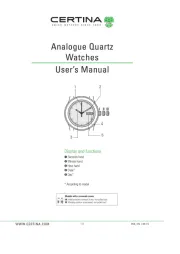


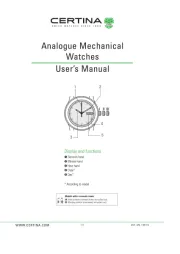
Ur Manualer
- Clas Ohlson
- Epson
- Klaus Kobec
- Texas Instruments
- Rodania
- Rolex
- Gingko
- Skmei
- Nixon
- Pulsar
- Nedis
- La Crosse
- RCA
- Polar
Nyeste Ur Manualer

